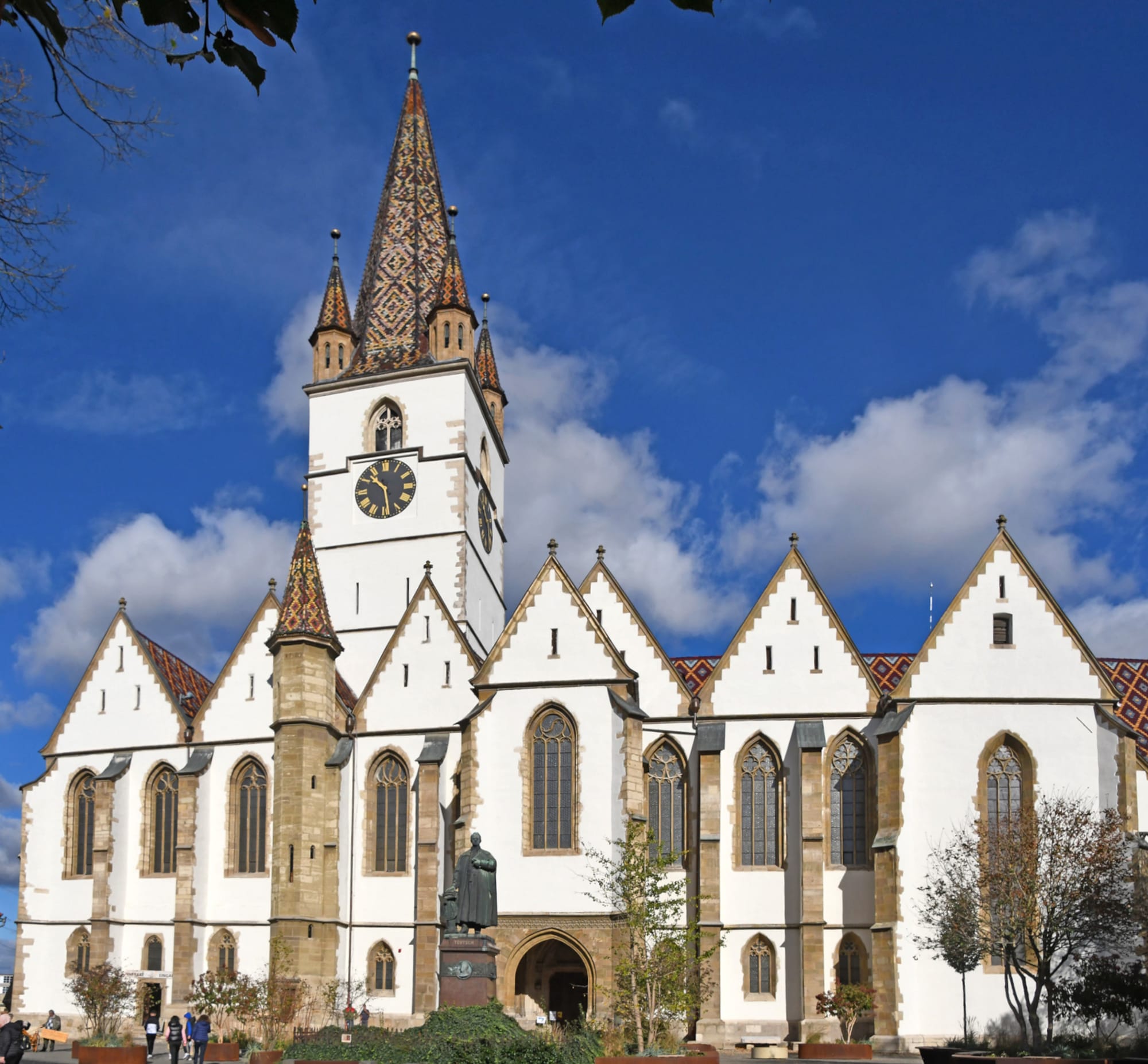Civitas Cibiniensis
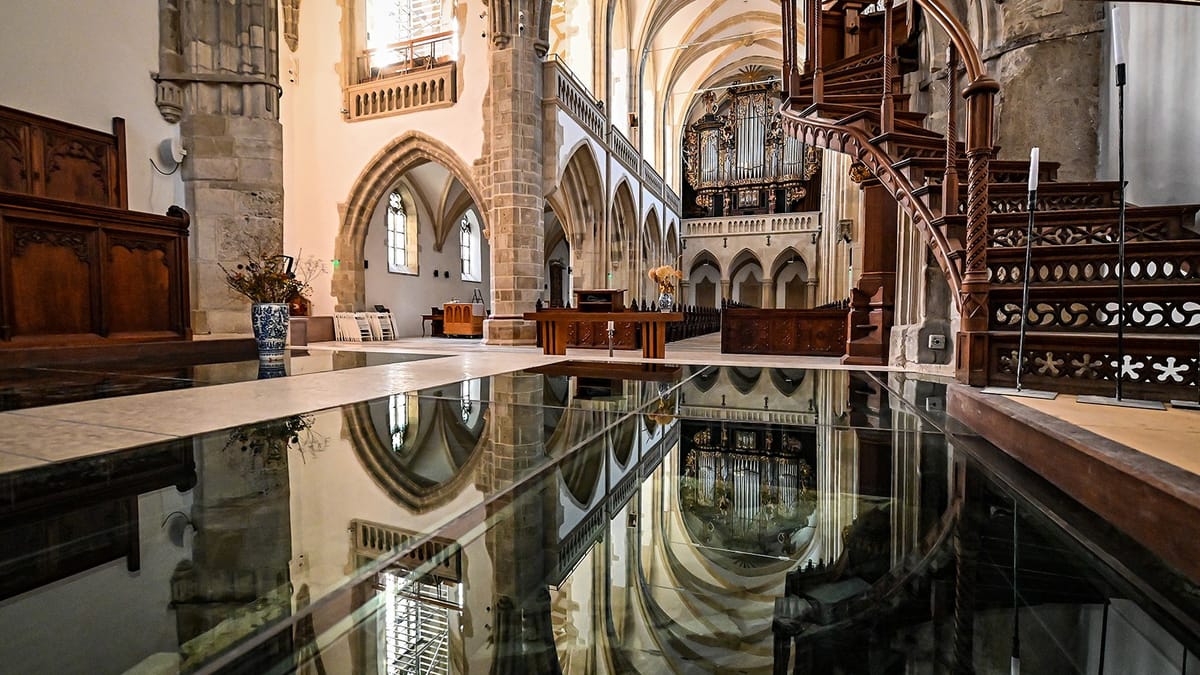
Transformative Learning for Future‑Ready Professionals, Delivered Inside Sibiu’s Most Iconic Cultural Institution
Anyone can open a phone and summon a thousand facts about Sibiu’s churches and museums. Your people don’t need more information. They need meaning—the practiced ability to turn complexity into clarity under pressure. That’s what Masterclass delivers: a rigorously designed, two-step experience (introductory immersion → bespoke expansion for those who choose it) that uses Baroque, Gothic, and Byzantine environments as thinking technologies. We work exclusively in Sibiu with the Roman Catholic, Orthodox, and Evangelical churches, and with the Brukenthal National Museum (including the Gallery) and the History Museum of Sibiu.
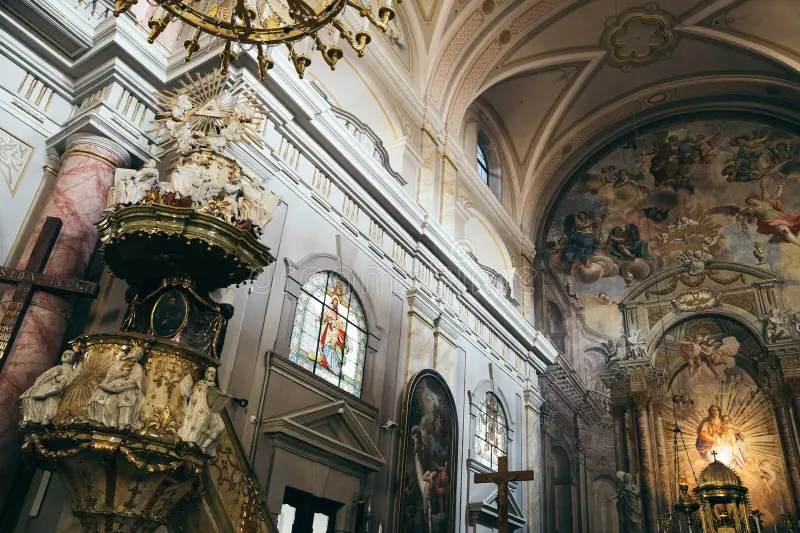
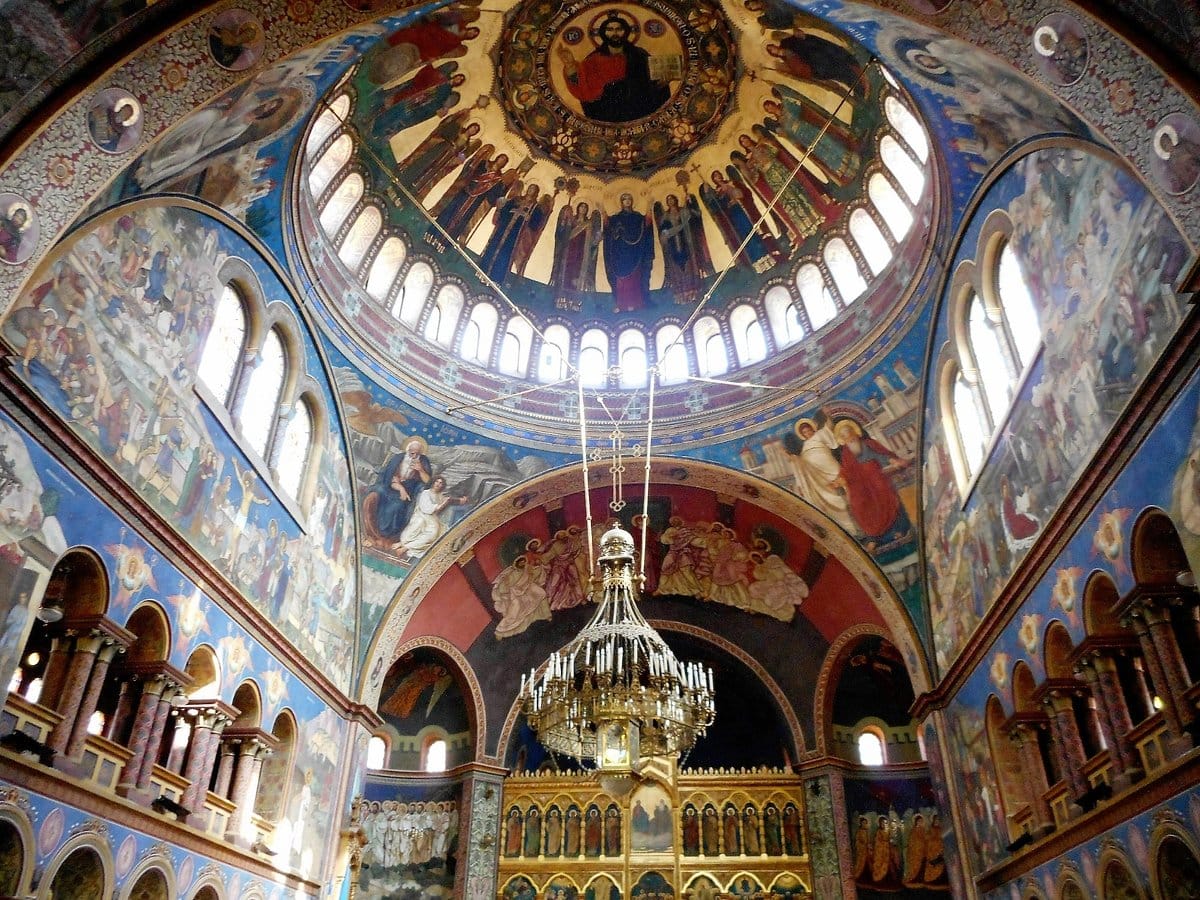

This is not sightseeing. It’s cognitive retooling in sacred and civic space. Participants don’t memorize dates. They practice the craft of interpretation—the decisive advantage that AI, slide decks, and generic corporate trainings can’t reproduce.
Core promise: We convert cultural heritage into a leadership instrument—so your teams can read ambiguous contexts quickly, decide with confidence, and communicate with nuance across cultures.


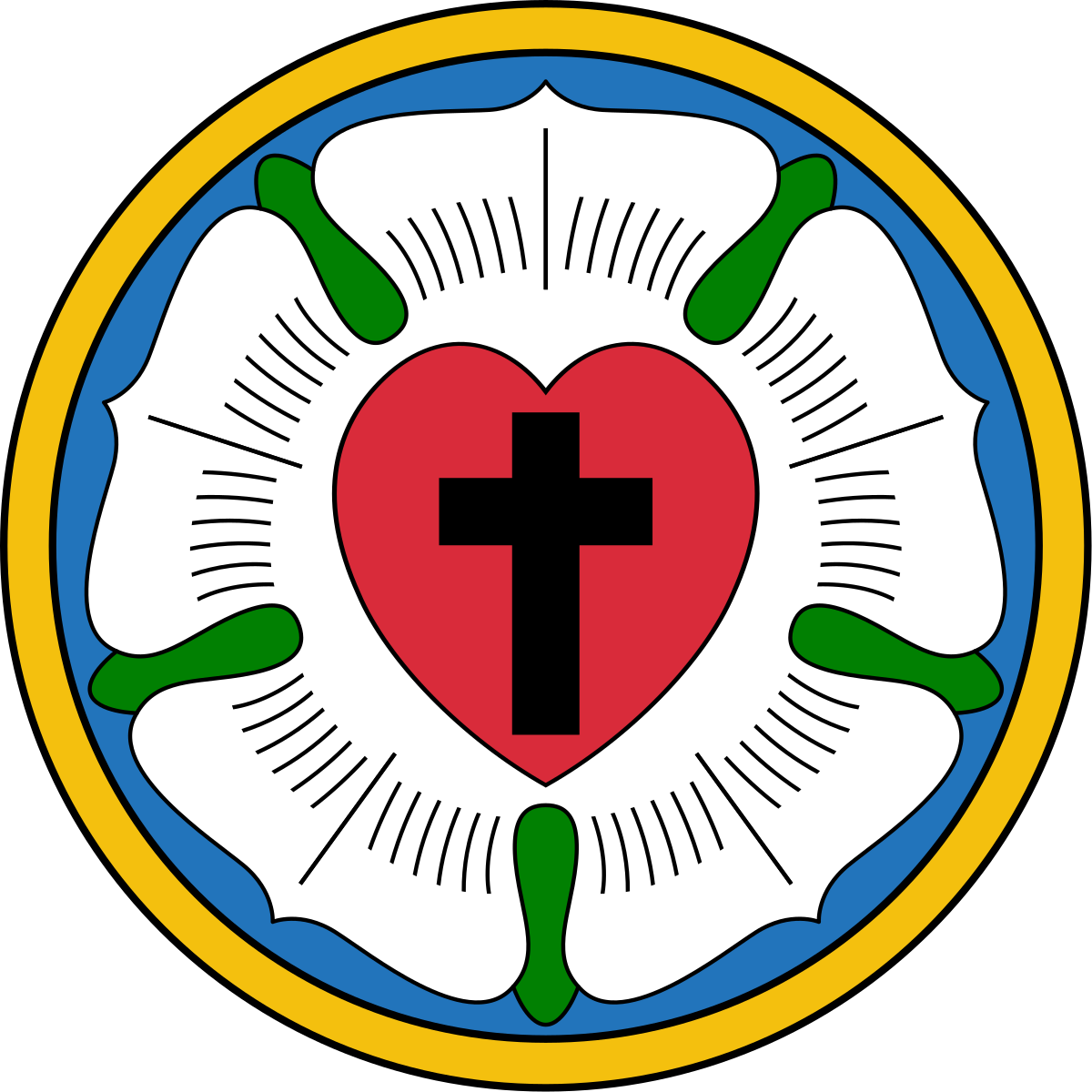
Why Here, Why Now — Answering the Two Hard Questions
1) “Why pay to see places I already know, with information I could Google?”
Because your phone can give you facts; it cannot train your judgment. Masterclass is a structured method for extracting actionable insight from environments. We leverage light, geometry, material, sound, and iconography as a live dataset. Inside these spaces, we run participants through a repeatable Interpretation Protocol (outlined below) that reframes how they process complexity back at work. You’re not buying access to buildings. You’re buying a thinking upgrade your people can use on Monday morning.
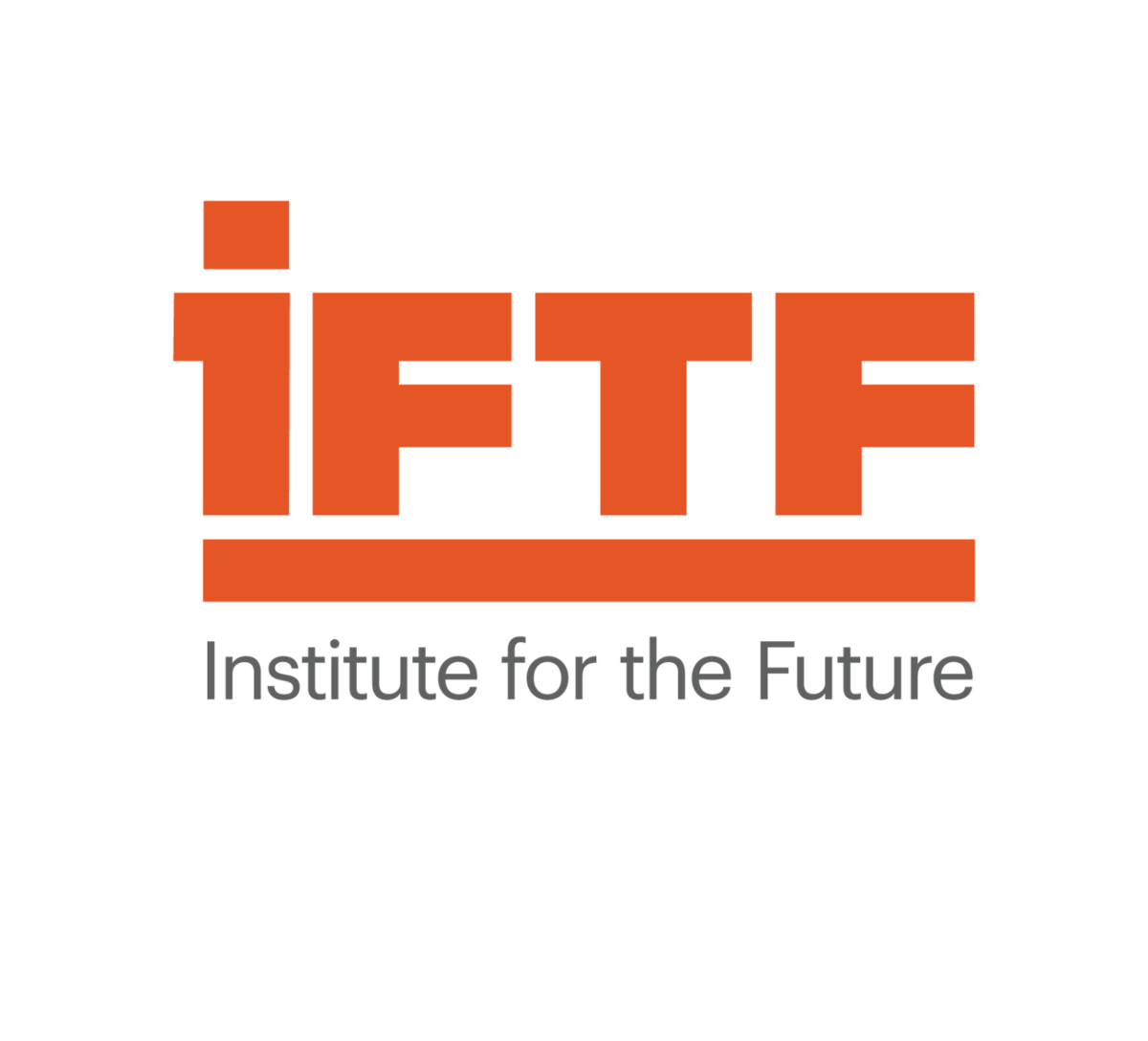

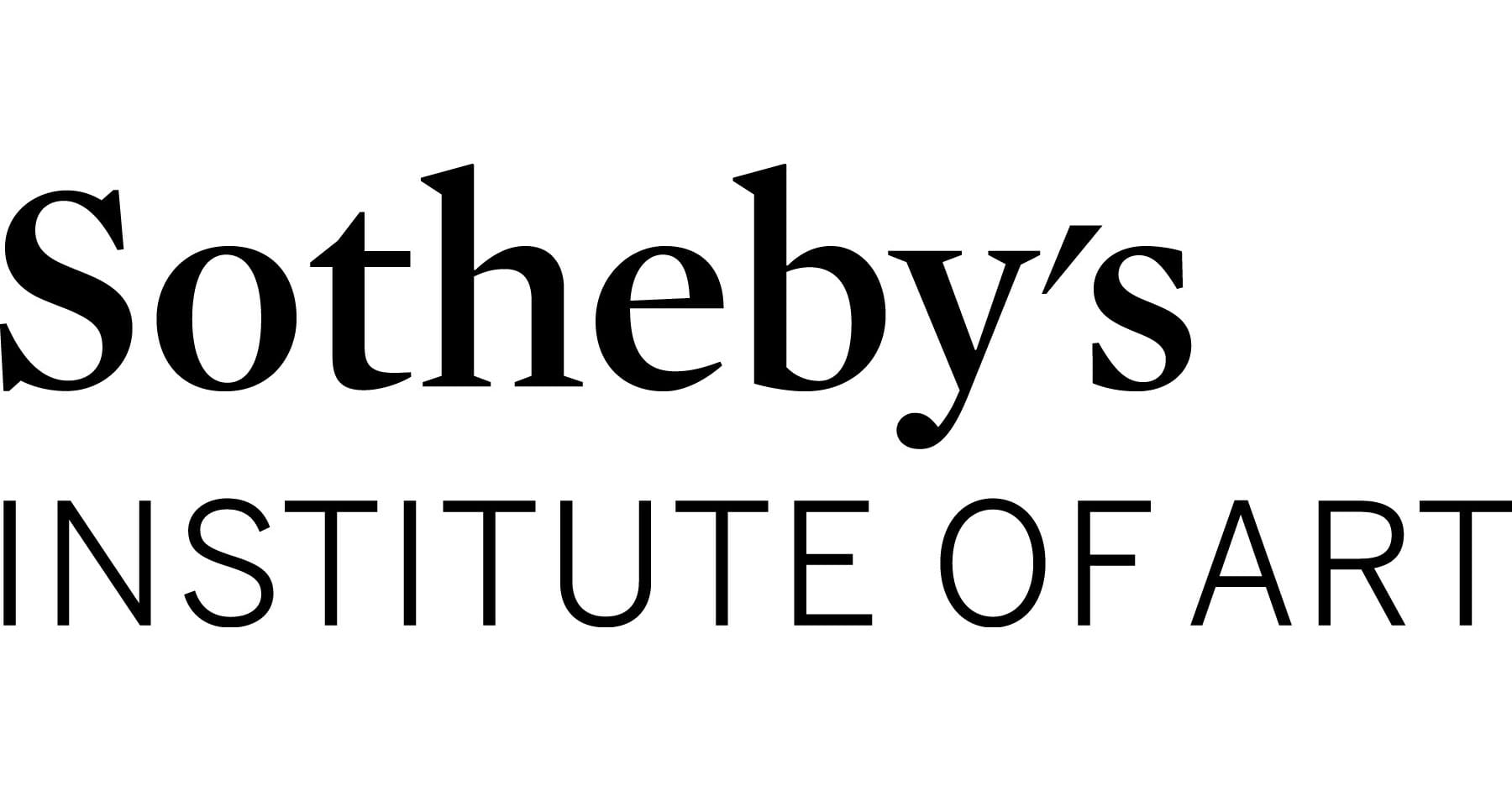
2) “But we already have corporate training.”
Perfect. We’re not another LMS module. We are the missing layer that makes your existing training stick. Where standard programs teach frameworks, we install the meta‑skill that lets any framework be applied in unstructured reality: read the room, model the system, choose the move. That’s why our outcomes map to the ten Future Work Skills identified by the Institute for the Future (IFTF): Sense‑making, Social Intelligence, Cross‑Cultural Competency, Transdisciplinarity, Design Mindset, Novel & Adaptive Thinking, Cognitive Load Management, Virtual Collaboration, New Media Literacy, and Computational Thinking. (We develop these through practice, not slides.)
The Interpretation Protocol™ — Our Distinctive Method
- Orient — Enter the space; calibrate attention (light, sound, scale, smell). Identify first meanings and hidden cues.
- Decode — Extract structural logics (e.g., Baroque movement, Gothic load paths, Byzantine symbolic planes). Name tensions.
- Map — Translate architectural dynamics into organizational models (e.g., stakeholder lattices, risk arches, constraint vaults).
- Reframe — Generate new hypotheses for an active business challenge; pressure‑test them as a team.
- Commit — Select one move; define a 72‑hour application experiment and shared accountability ritual.
The result is not trivia. It’s a behavioral shift: calmer attention under load, sharper pattern recognition, higher‑fidelity decisions, more persuasive narratives.
The Three Masterclasses — Three Engines of Thought
Each track runs inside its corresponding site in Sibiu. Participants may attend any single track as an entry point; the full arc across all three produces the richest cognitive upgrade.
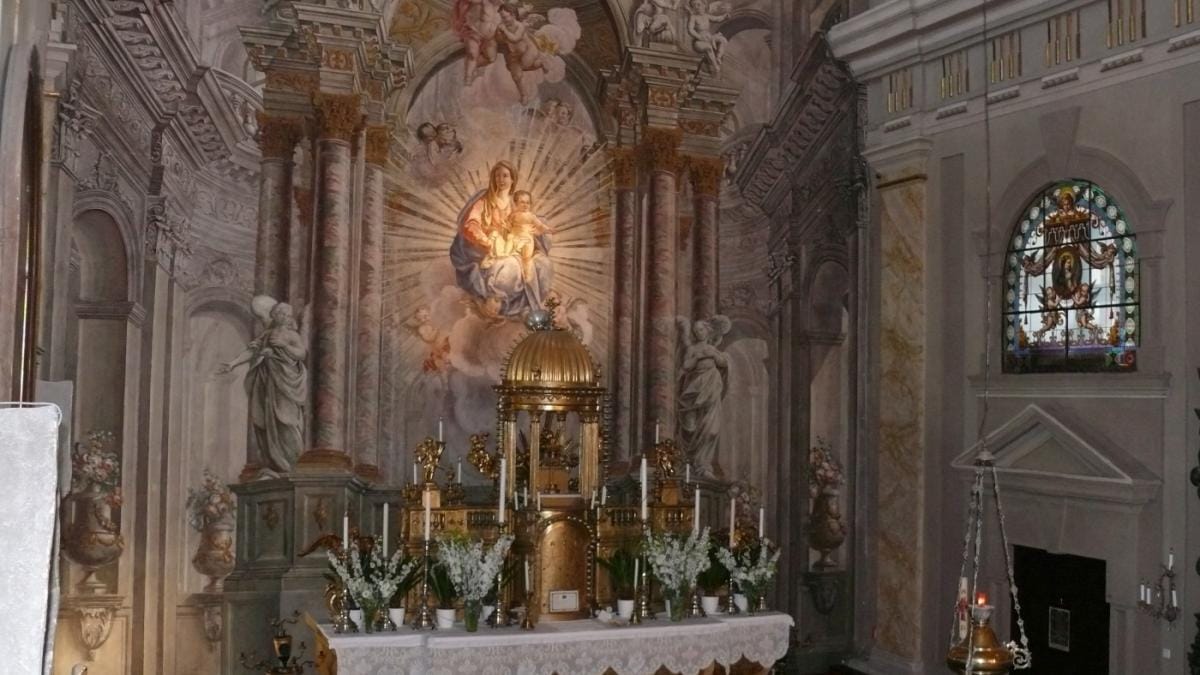
1) Baroque Masterclass — Emotion, Momentum, Influence
Sites: Roman Catholic Church of Sibiu; Brukenthal Gallery.
Thesis: Baroque is strategic attention‑shaping. Choreography, contrast, and sensory saturation drive meaning into memory. We weaponize those logics for ethical influence.
What we do in‑session:
- Guided attention drills using light, sound, and spatial sequence to surface bias and blind spots.
- Iconography teardown: how layered narratives compress complexity into instant recognition.
- Influence lab: design a persuasive micro‑story for a resistant stakeholder—no slides, only spatial cues and voice.
Skills activated: Social Intelligence, Sense‑making, Design Mindset, New Media Literacy.
Corporate translation: Product storytelling, stakeholder buy‑in, change communication, crisis briefings that land in 60 seconds.
Output: A field‑tested influence script and a sensory checklist for high‑stakes meetings.
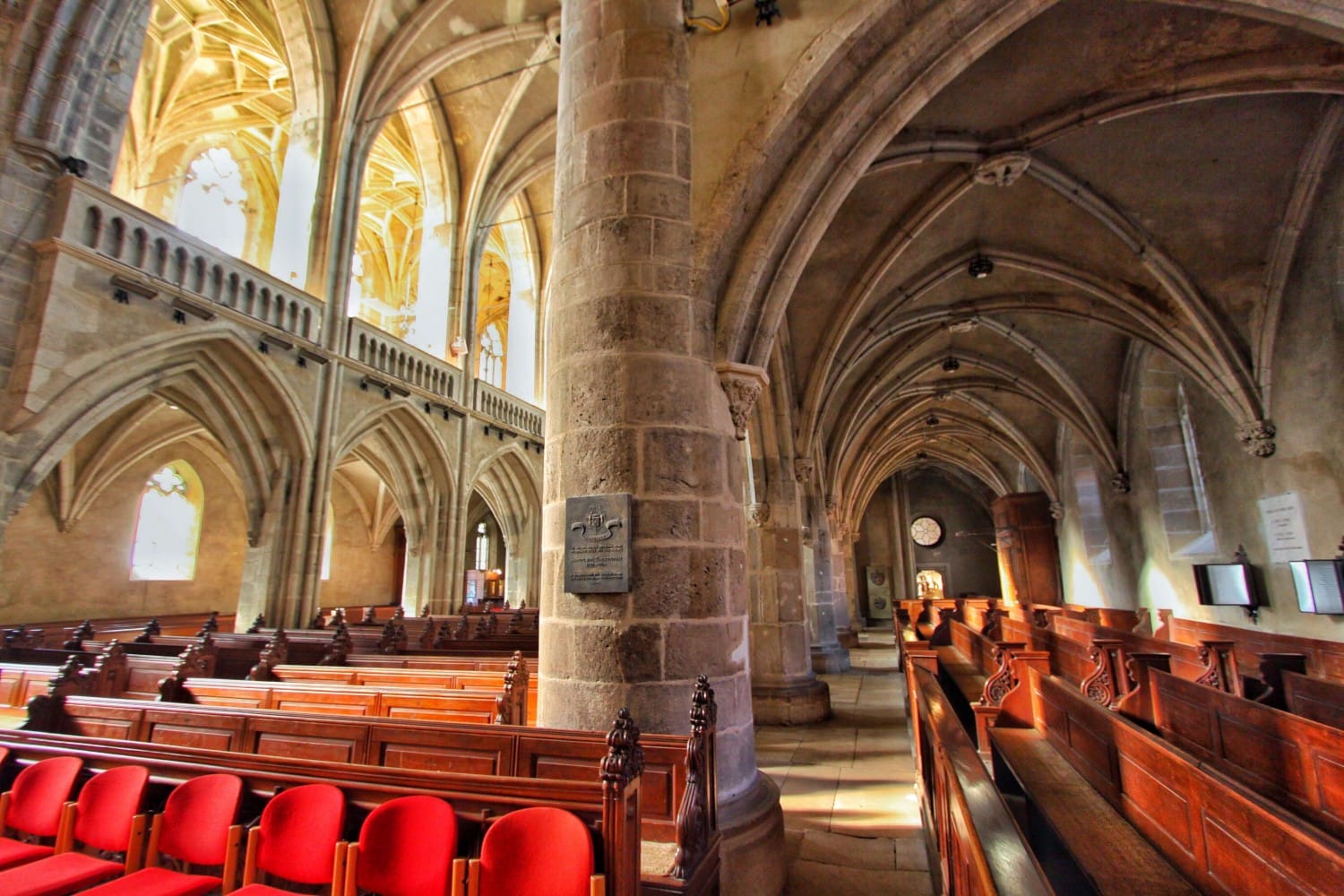
2) Gothic Masterclass — Structure, Scale, Complexity
Site: Evangelical Cathedral of Sibiu; comparative artifacts in the History Museum.
Thesis: Gothic is distributed complexity—loads carried by networks, not heroes. It teaches scalable design under constraint.
What we do in‑session:
- System mapping: convert vaults, ribs, and flying buttresses into models for team topology and risk buffers.
- Pattern literacy: read stained‑glass logic as information architecture; practice chunking to manage cognitive load.
- Constraint sprint: redesign a current process with fewer steps and more support points (from single pillar to ribbed network).
Skills activated: Adaptive Thinking, Transdisciplinarity, Cognitive Load Management, Computational Thinking (patterning).
Corporate translation: Org design, resilient roadmaps, incident response architecture, platform thinking.
Output: A “buttress plan” for one fragile initiative: where to add supports, where to remove mass.

3) Byzantine Masterclass — Ambiguity, Symbol, Presence
Site: Orthodox Cathedral of Sibiu; curated access to iconographic cycles.
Thesis: Byzantine is disciplined ambiguity—flat planes that open depth. It trains leaders to hold paradox and signal meaning without noise.
What we do in‑session:
- Icon reading: extract governing metaphors; practice reverse‑perspective thinking for strategy.
- Silent alignment: presence drills and micro‑rituals that recalibrate pace and tone before critical conversations.
- Symbol lab: design a simple visual/social symbol that aligns teams faster than a memo.
Skills activated: Cross‑Cultural Competency, Novel & Adaptive Thinking, Sense‑making, Virtual Collaboration (shared symbols).
Corporate translation: Vision setting, culture shaping, ethical framing, cross‑border consensus.
Output: A one‑page “symbol brief” for a live initiative and a pre‑meeting alignment ritual.
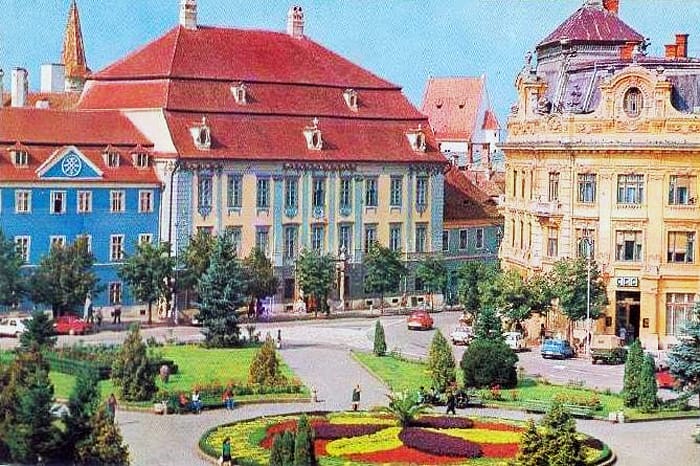
Why Sibiu — The City as Curriculum
Sibiu is not a backdrop; it’s the instrument. The city’s multi‑confessional fabric concentrates Europe’s architectural languages within walkable proximity, enabling rapid comparative interpretation without dilution. Our partnerships grant front‑row access and the right to work inside spaces where scale and acoustics do half the teaching.
Institutional partners:
- Roman Catholic Church of Sibiu
- Orthodox Church of Sibiu
- Evangelical Church of Sibiu
- Brukenthal National Museum (including the Gallery)
- History Museum of Sibiu
- École du Louvre · National Gallery of Art · Harvard University (content collaboration and academic dialogue)
These relationships shape curriculum, access, and scholarly integrity.
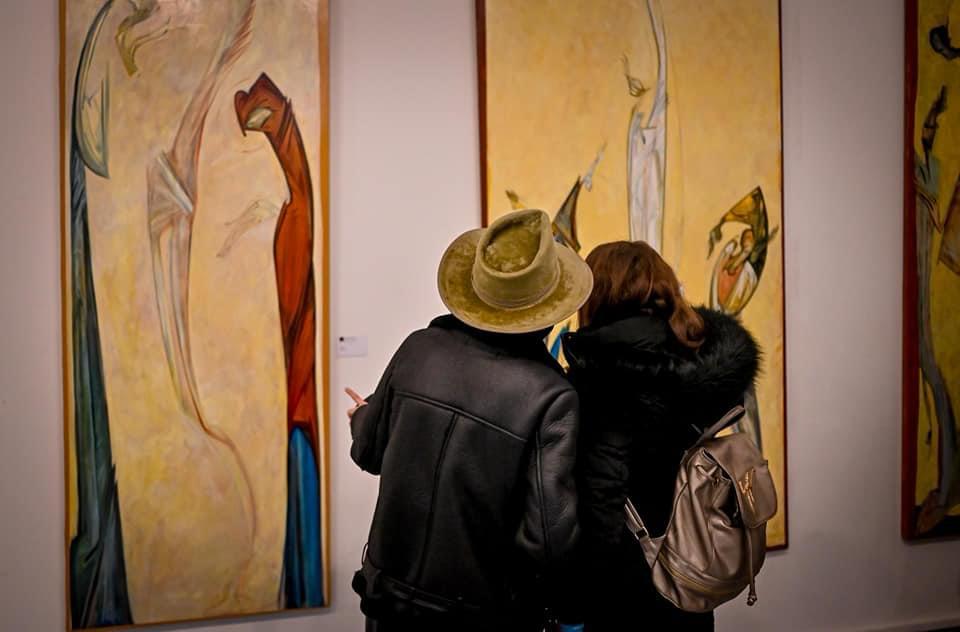
Who This Is For — And Who It Isn’t
Built for: Senior leaders, emerging managers, strategists, product owners, diplomats, defense & civic teams, consultancy pods—anyone tasked with deciding in ambiguity or aligning across culture.
Not for: Tourists collecting facts. Teams seeking a motivational show. People who want slides to tell them what to think.
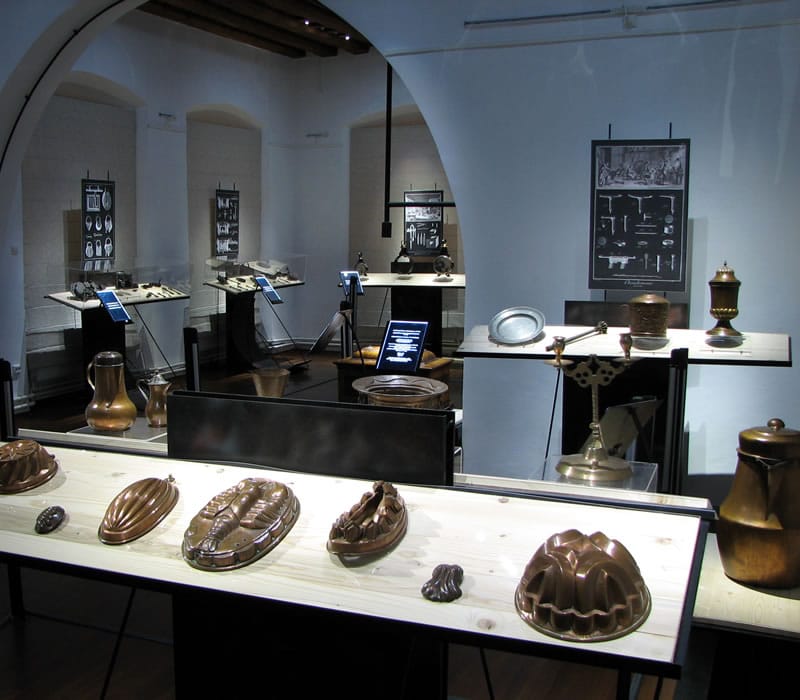
Outcomes — What Participants Leave With
- A portable interpretation muscle that transfers to boardrooms, factories, and negotiations.
- A live redesign of one current challenge (communication, structure, or culture), prototyped during the session and activated within 72 hours.
- A common language for complexity (arches, ribs, planes) that teams remember and reuse.
- A bias toward presence—slower mind, faster clarity, fewer performative meetings.
We don’t promise inspiration. We deliver capability.



Program Flow — The Experience Arc
- Arrival & Orientation — Enter, attune, set constraints.
- Reading the Space — Guided observation; extract governing logics.
- Translation Lab — Convert spatial logic into organizational models.
- Application Sprint — Build one decision artifact (script, map, symbol) for a live challenge.
- Commitment & Closure — Define a field experiment; schedule a follow‑up accountability touchpoint.
For organizations that choose deeper work, we expand into tailored sequences that compound outcomes over time. The public page highlights the core experience; bespoke pathways are co‑designed after the first immersion.

Stories from the Work — What Changes
“We redesigned a product review ritual in one afternoon using the Gothic ‘rib and vault’ model. Fewer bottlenecks, better decisions.” — Head of Product, Automotive
“Our NATO liaison team adopted the Baroque attention checklist for briefings; comprehension scores jumped.” — Policy Advisor
“The Byzantine symbol lab gave us a single mark that unified three departments. Zero memos required.” — Transformation Lead
(Full references available on request to protect client confidentiality.)

Frequently Asked (Useful) Questions
Is this a tour? No. It’s a practicum in interpretation and application, conducted in churches and museums by design.
Do participants need art history background? No. Curiosity is the only prerequisite.
Is this religious? We work respectfully in sacred spaces; the work itself is secular, ethical, and focused on leadership capability.
How does this connect to existing L&D? We interface cleanly with your current frameworks; our method improves transfer and retention.
Is it accessible? We plan routes and seating with accessibility in mind; please share specific needs in advance.
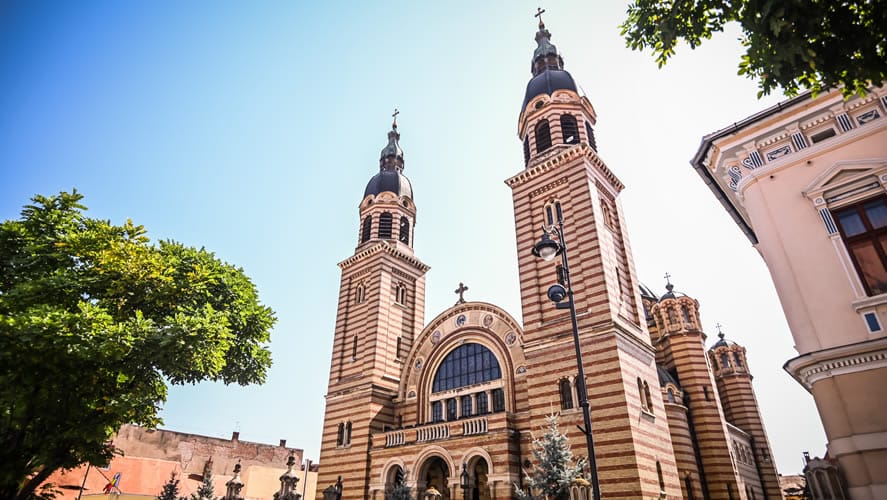
Respect for the Spaces — Our Working Covenant
We operate with the explicit blessing of our partners. Every session includes a short orientation on movement, volume, and respect. These constraints are features, not bugs—they sharpen attention and intention.

Apply — Begin in Sibiu
We keep cohorts small to preserve quality and access. If alignment matters more than volume in your organization, you’ll understand why.
[Request a Place] • [Commission a Tailored Path] • [Speak with the Program Lead]
Legal & Accreditation
Participants receive a certificate of completion co‑signed by participating institutions and academic collaborators. Use of partner names in public materials follows agreed communication guidelines.
Editorial Note
We refuse nostalgia. The past is not a museum piece; it’s a medium. We don’t teach people to remember it. We train them to work with it—to interpret, translate, and act.
